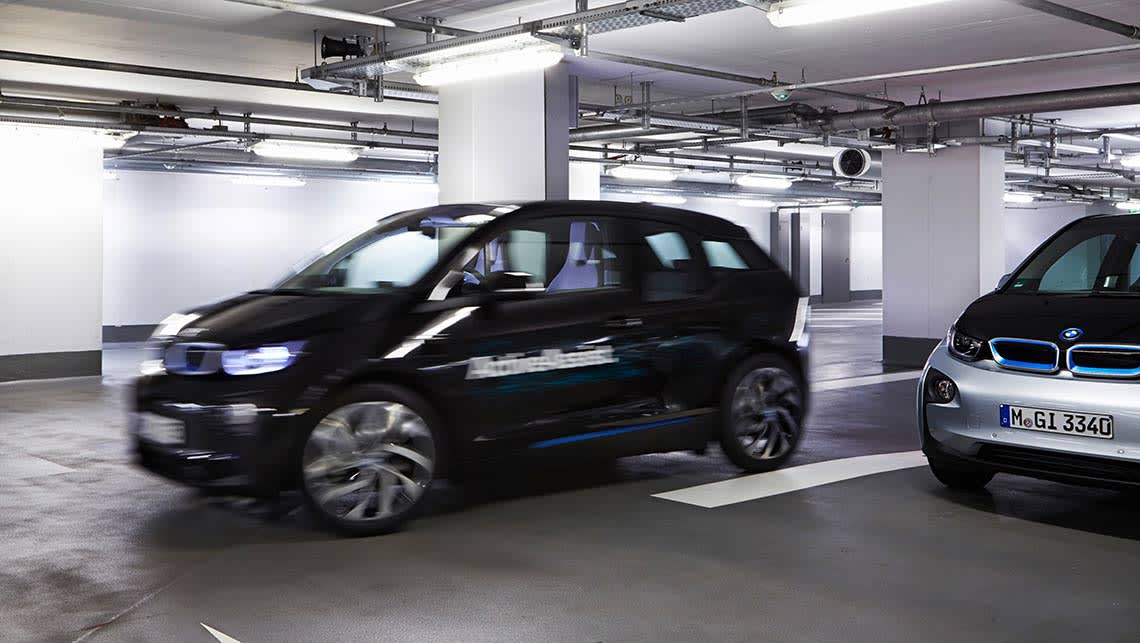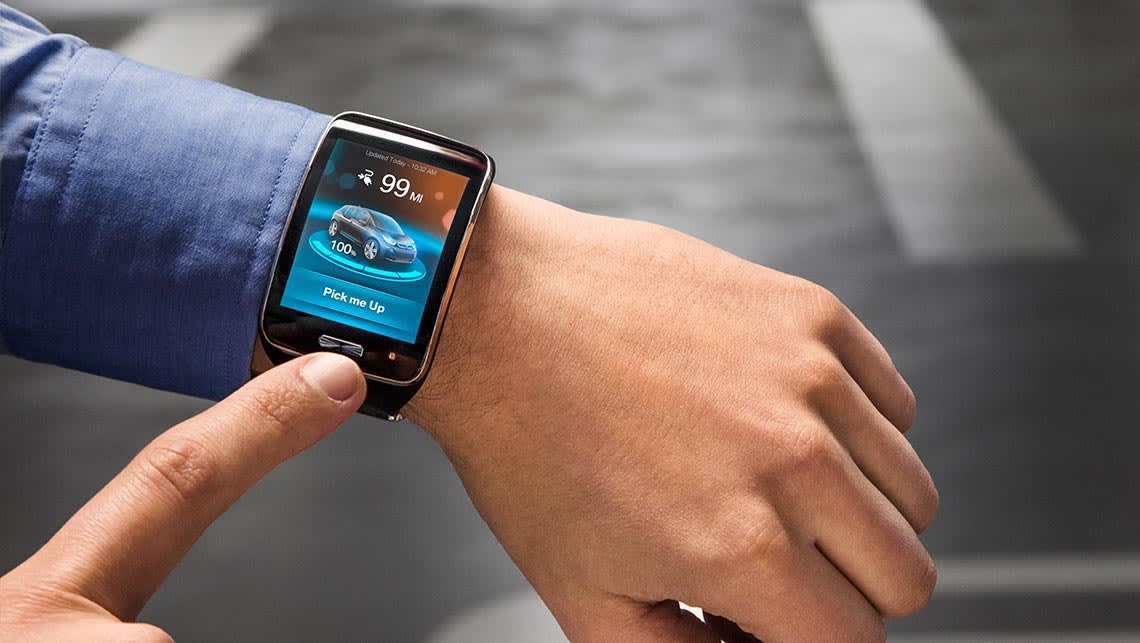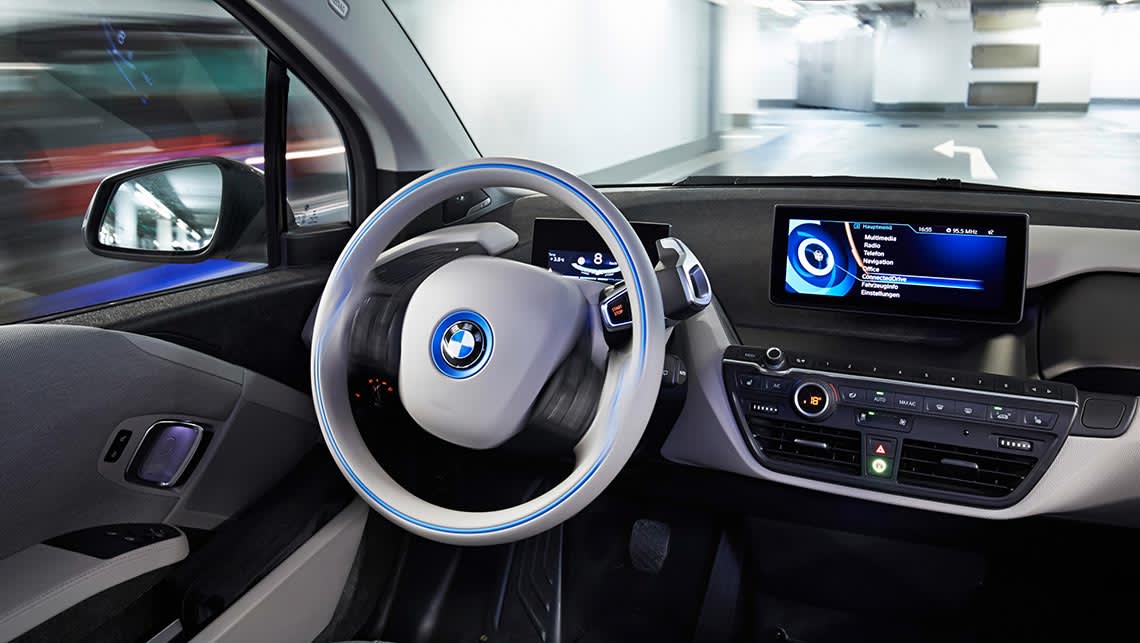
Car-controlling wearables showcased at CES
- BMW i Series
- BMW I3
- BMW i Series 2014
- BMW i Series 2015
- BMW i Series 2016
- BMW I3 2014
- BMW I3 2015
- BMW I3 2016
- BMW News
- Hyundai News
- BMW Hatchback Range
- Hyundai Hatchback Range
- Hatchback
- BMW
- Hyundai
- Technology
Car makers are embracing lifestyle hardware as the next step in connecting vehicles with the newest-generation drivers.
At the annual Consumer Electronics Show (CES) in Las Vegas, BMW, Audi, Mercedes-Benz and Hyundai displayed apps to remotely interact with the car.
There's nothing new in that; car companies have been touting remote apps for years. The difference this year is the focus on linking those apps to "wearables" rather than smart phones (the band/watch is connected to the phone, which remains securely in owners's pocket or handbag).
It's all about ease of access and for once car companies are surfing the leading wave of the tech swell, anticipating the arrival of the Apple Watch and the next-gen Android Wear devices will hasten adoption of Dick Tracy-style wristbands.
BMW, the most ambitious, integrates some functionality in its i3 electric car, working with a Samsung smart watch and its iRemote software.
The functions - from checking the battery level to remotely firing up the aircon - can be accessed using either the touchscreen or by voice recognition.
BMW is also researching using the watch to lock and unlock the car's doors using gesture control.
BMW says the application "can significantly enhance comfort and convenience not only in the private sphere but also when using the BMW car-sharing program DriveNow".

Hyundai's take on how wearables might work includes handing over some of the driver assistance aids to the smartwatch. So it's the watch, rather than the steering wheel, that will vibrate when a driver leaves the lane or another car starts to veer into its space. Likewise, the smartwatch will monitor the user's heart rate and can then automatically stop the car and call emergency services if there are critical changes to the driver's pulse.
To varying degrees all of the above systems are production ready, meaning they'll be appearing in vehicles in the near future. Meanwhile, watch this space.














Comments